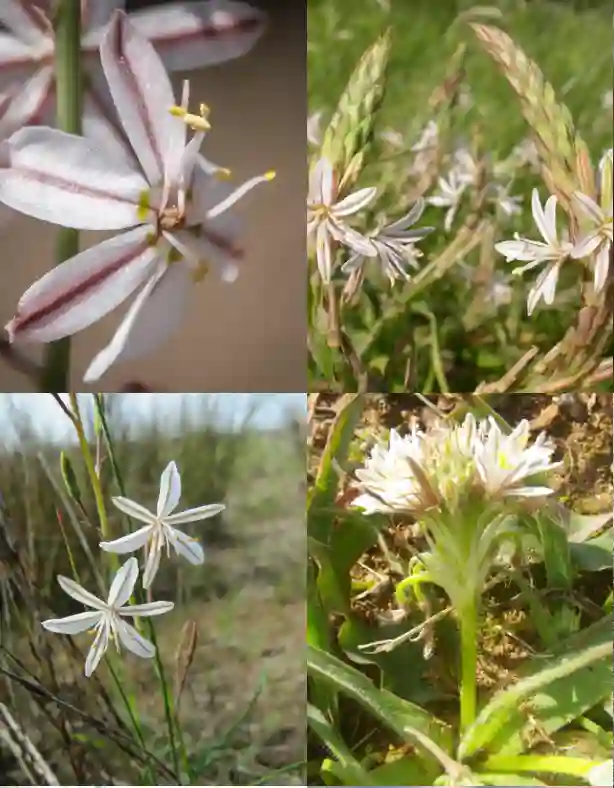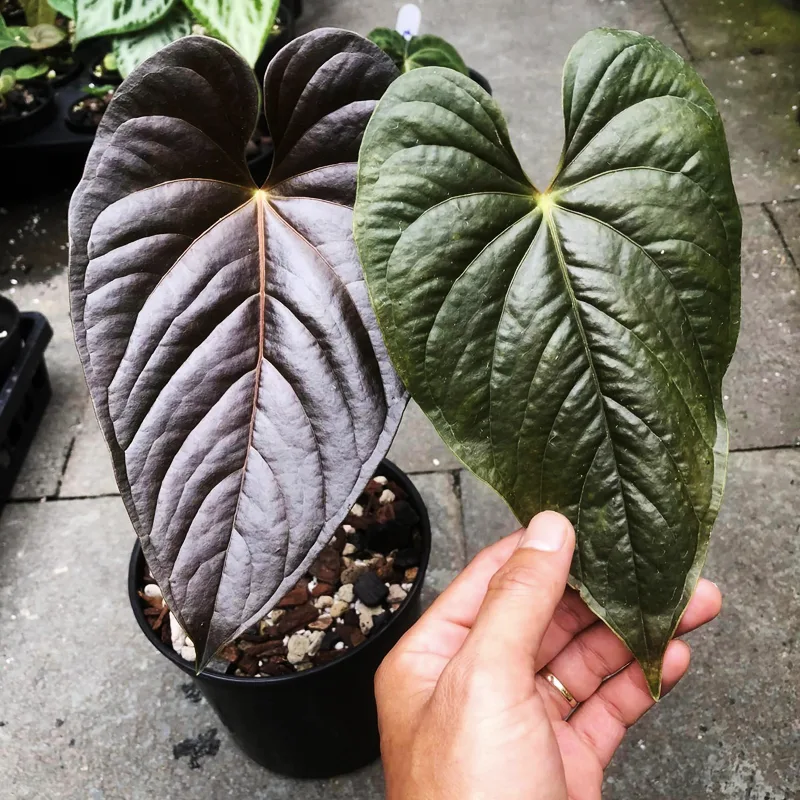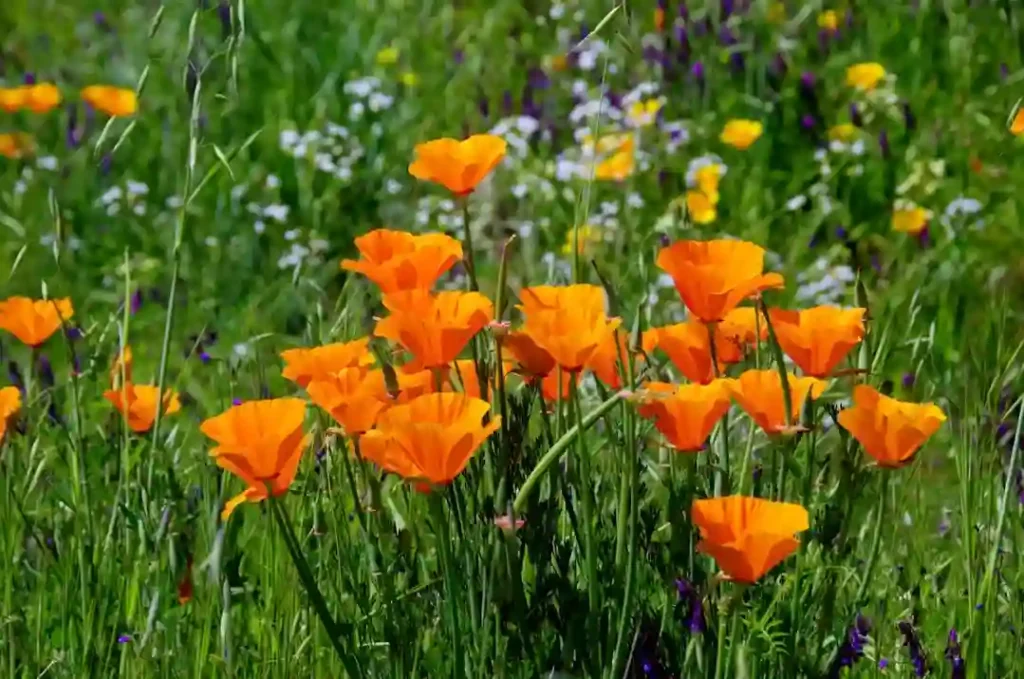Carex Blanda: A Versatile Sedge for Your Garden
Hi, I’m Ferb Vu, and I’m here to answer your questions about Carex blanda, a fantastic sedge for gardeners of all levels. This easy-going plant offers year-round beauty and adaptability, making it a popular choice for landscapes across North America.
2324 Species in Genus Carex
What is Carex Blanda?
Carex blanda, also known as Eastern Woodland Sedge or Common Wood Sedge, is a perennial sedge native to eastern North America. It forms clumps of slender, arching blades that resemble grass but boast a unique texture and character. Unlike true grasses, Carex blanda features tiny flowers that transform into inconspicuous seed heads in spring, adding subtle visual interest.
This versatile plant thrives in various lighting conditions, tolerating full sun, part shade, and even full shade. It adapts well to a range of soil moisture levels, from moist to dry, making it a forgiving choice for many garden situations.
How tall does Carex blanda grow?
Carex blanda typically reaches a mature height of 8-12 inches, with flower stalks adding another few inches during the blooming period. This compact size makes it ideal for borders, edging pathways, or adding texture to container plantings.
Is Carex blanda evergreen?
Carex blanda is considered semi-evergreen in most climates. The foliage stays green throughout winter in warmer zones, while colder regions might experience some browning of the leaves. However, new growth emerges in early spring, quickly restoring the plant’s lush appearance.
Does Carex blanda spread?
Yes, Carex blanda has a spreading growth habit. It slowly expands by forming underground rhizomes, creating a dense and attractive groundcover. This characteristic can be beneficial in areas where you want to suppress weeds or create a naturalized look. However, if tight borders are desired, consider planting Carex blanda in a container or edging it with a low wall.
How do I care for Carex blanda?
Carex blanda is a low-maintenance plant. Once established, it requires minimal watering, especially in areas with average rainfall. If experiencing a prolonged drought, occasional deep watering will benefit the plant.
Fertilization is generally not necessary. In fact, excessive feeding can promote excessive leaf growth at the expense of flowers. Deadheading spent flower stalks is optional but can improve the overall appearance of the plant.
Is Carex blanda disease-resistant?
Carex blanda is a remarkably disease-resistant plant. It rarely encounters any serious pest or disease problems.
Can I divide Carex blanda?
Yes, Carex blanda can be divided in early spring or fall. Simply dig up the clump, carefully separate the sections with a sharp knife, and replant them in your desired locations.
What are some companion plants for Carex blanda?
Carex blanda pairs beautifully with a variety of plants. Consider combining it with spring-blooming ephemerals like ferns, Virginia Bluebells (Mertensia virginica), or Trillium for a vibrant display. In shadier areas, Hostas (Hosta spp.) or Heuchera provide textural contrast and interesting foliage colors.
Carex Blanda vs. Other Sedge Varieties:
Several other Carex varieties share similar characteristics with Carex blanda. Here’s a quick comparison to help you choose the right one for your garden:
- Carex flacca (Blue Sedge): This shade-loving sedge boasts stunning blue-green foliage with a more arching habit than Carex blanda.
- Carex morrowii (Japanese Sedge): This clump-forming sedge features broader, brighter green leaves and thrives in moist to wet conditions.
- Carex hachijoensis (Evergreen Sedge): A true evergreen sedge with a finer texture and lower profile than Carex blanda, perfect for edging or container plantings.
Conclusion
Carex blanda is a valuable addition to any garden. Its versatility, low-maintenance nature, and year-round appeal make it a favorite among gardeners. Whether you seek a textural groundcover, an edging plant, or a low-growing accent, Carex blanda offers endless possibilities. So, consider incorporating this charming sedge into your garden and enjoy its beauty for years to come.
If i die, water my plants!



